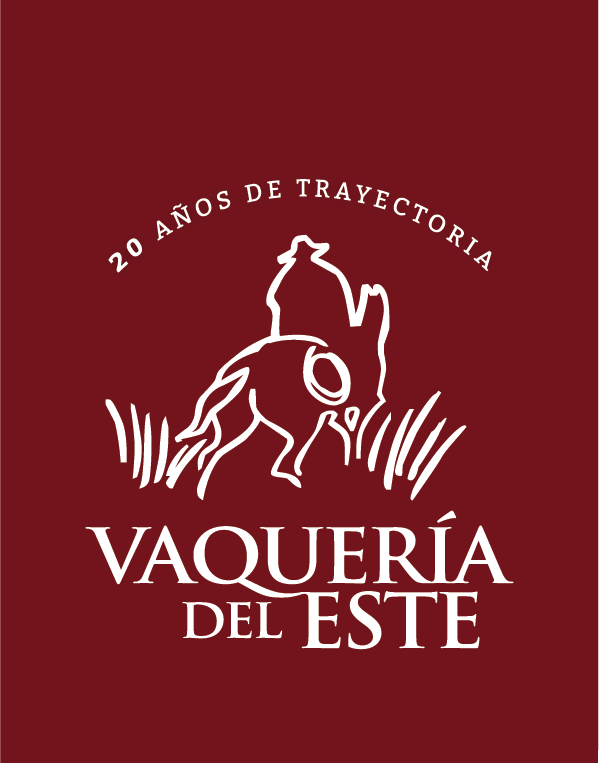The southeast region
It comprises diverse landscape units: mountain range and hills, high, medium, low plains and lacustrine plains, in which different productive systems are developed, adapted to multiple environments. Vaquería del Este has farms in three of them: hills, mountains and plains.
The hills are located between the mountain range to the west and the plains of the Merin Lagoon basin to the east, with a topography of hills that average 50 to 100m, they present a matrix of natural prairies with a prominently summer cycle in which we find agricultural and livestock with rotations that include rainfed agriculture (soy, sorghum).

The plains are a flattened landscape where we can find wetlands together with plains that have been converted into agricultural uses. The combination of swamps, lagoons and water courses define a region with important wetlands and biological diversity levels so high that, only the East marshes, harbor approximately half of vertebrate species in Uruguay, standing out especially for its birds abundance. The plain topography, the types of soil and the water availability have determined the use of vast areas for rice crops, in addition to the traditional livestock activity, composing a mosaic of rice fields, stubbles and forage improvements, along with infrastructure projects such as dams and chanels.
The mountain range has the form of a crescent, from north to south, with its concavity to the east. The main section starts, in the north, in Cerro Largo, reaching in the south the mounts next to Maldonado’s coast. The topography is bumpy, with heights that go from 200 meters to a bit over the 500 meters over sea level.

But beyond the diversity of the subregions, it is, in general, a territory naturally favorable to cattle breeding, as evidenced from the plethora of legendary cowboy stories that flourished through all its history and have inspired the name Vaquería del Este. Certainly, the juiciest of such tales are the ones concerning the Jesuits, who used these natural pastures as a reserve fund to feed the many inhabitants of their missions, more than 700 km to the north, with “vaqueadas” (cow raids) that reached, in a single incursion, 420.000 cattle heads. It is inevitable to relate this stories with a land that appears to be destined for livestock. We found no better way to honor that heritage of legendary cowboys than to practice a natural breeding, in open sky and grass-fed, changing what it’s needed to develop and strengthen, but preserving unchanged the essence of the original wealth, human and environmentally speaking.

